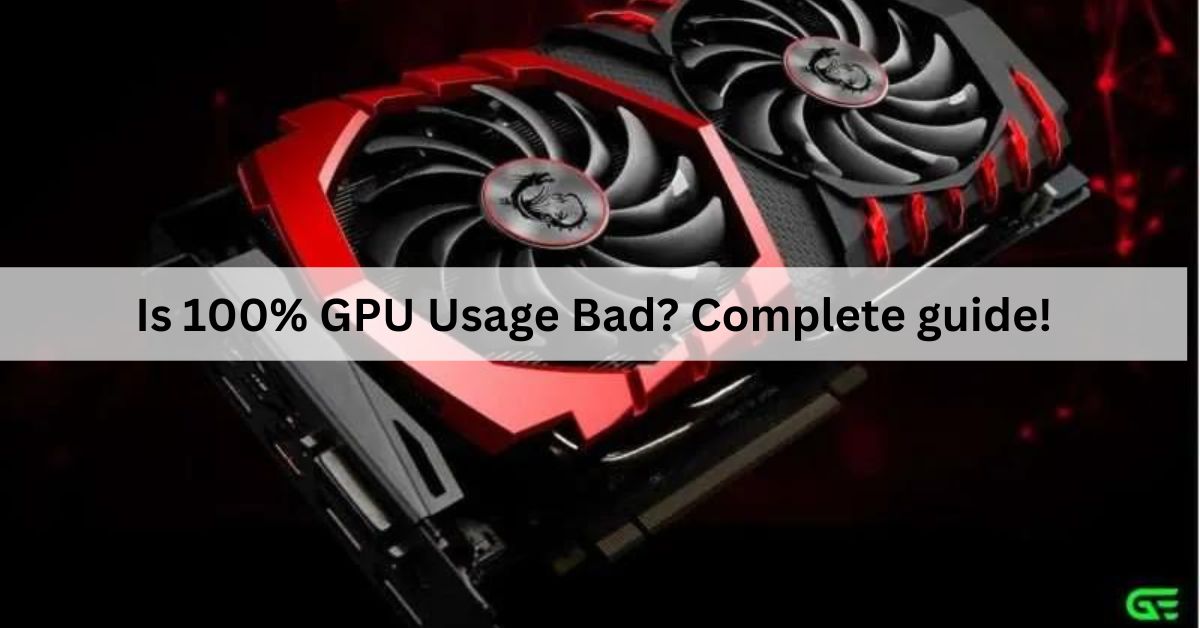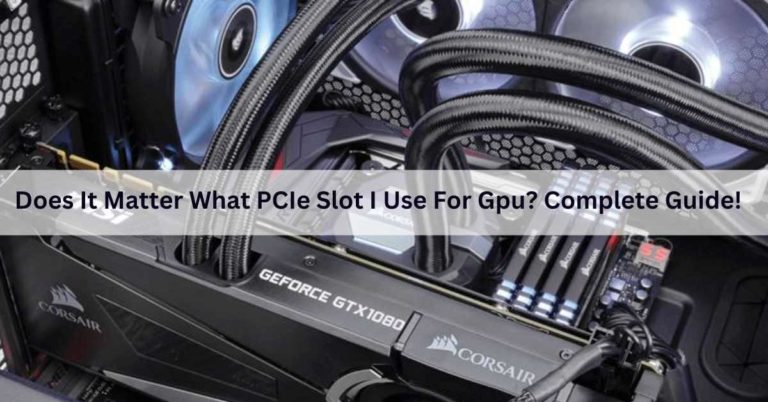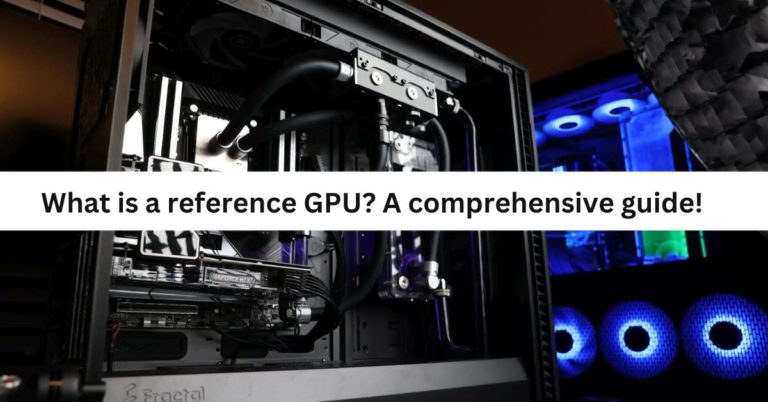Is 100% GPU Usage Bad? Complete guide!
In the world of gaming and graphic intensive tasks, the term “GPU usage” often comes up. But is 100% GPU usage a cause for concern and reveal how it impacts your device’s performance.
No, 100% GPU usage isn’t inherently bad. It’s common during intensive tasks. GPUs are designed to run at 100% during gaming and workloads. However, prolonged high usage without proper cooling can harm the GPU’s lifespan, so monitor temperatures.
In this article, we will uncover the secrets of the GPU and Gaming world. Is using your GPU at 100% a problem? People wonder about this when they see it on their computers. Let’s explore whether it’s good or bad for your computer.
Is 100% GPU Usage Ok?
Yes, 100% GPU usage is generally okay during resource-intensive tasks like gaming or rendering. It indicates that your GPU is fully utilized, which can lead to optimal performance.
However, sustained 100% usage for extended periods may lead to higher temperatures and wear on the GPU, so adequate cooling is important.
What is 100% GPU Usage in a Computer?
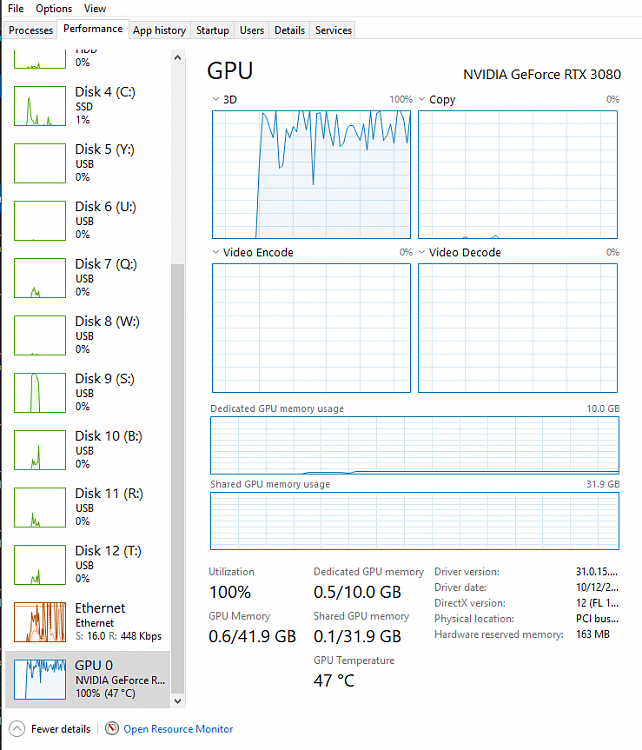
100% GPU usage in a computer means that the graphics processing unit (GPU) is operating at its maximum capacity.
It indicates that the GPU is fully engaged in handling the tasks assigned to it, such as rendering graphics in games or performing complex calculations for applications like video editing.
Also read: What is a reference gpu? A Comprehensive Guide!
Causes of 100% GPU Usage?
Experiencing 100% GPU usage on your computer can be attributed to various factors:
1. Demanding Tasks:
When you run apps or games that need a lot of graphics power, your GPU works hard, and it can reach 100% usage. This is okay when it happens during such tasks.
2. Intensive 3D Rendering:
One of the most common reasons for 100% GPU usage is running graphics-intensive applications or games. These programs demand substantial GPU resources to render complex 3D graphics and effects.
3. Malware or Background Processes:
Malware or background processes can cause unexpected GPU usage. Malicious software may utilize GPU resources, while hidden background tasks can also strain the GPU’s performance.
Regular checks and termination of unwanted processes can help resolve this issue.
4. Driver Problems:
Outdated or faulty graphics drivers can lead to inefficient GPU usage. Ensuring you have the latest drivers installed can help resolve this issue.
5. Bad Software:
Sometimes, harmful software can use your GPU for its own purposes, like mining digital money. Run regular checks for malware to make sure your computer is safe.
6. Graphics Settings:
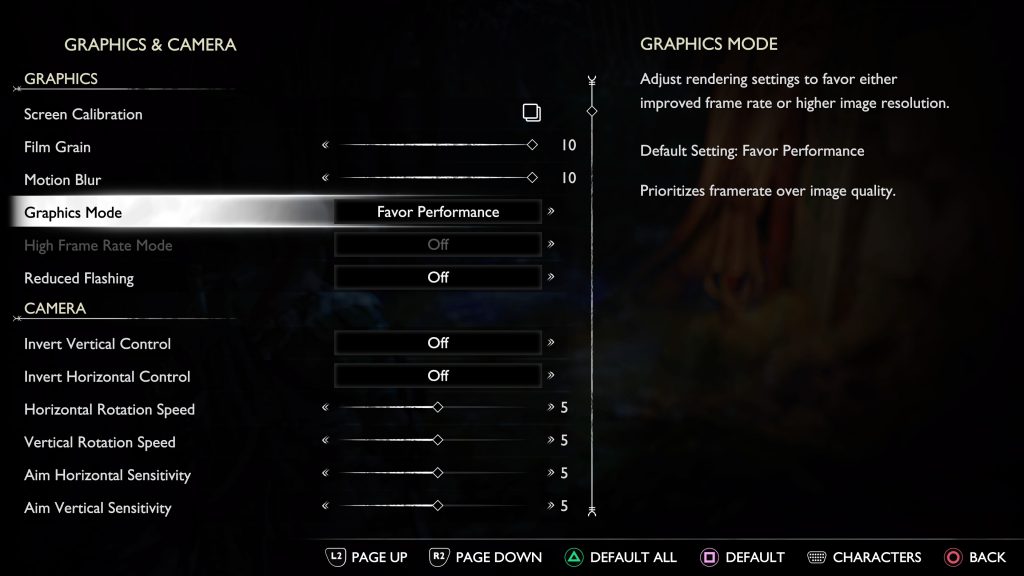
If you set your games or apps to run at very high graphics quality, it makes your GPU work really hard. If it’s causing problems, try lowering the settings.
7. Broken Hardware:
Sometimes, your GPU or the part of your computer where it connects can be broken. To find out if this is the problem, you can try using your GPU in another computer or using a different GPU in your computer.
8. Mining Cryptocurrency:
Cryptocurrency mining, particularly with GPUs, can drive GPU usage to its maximum. Miners harness the computational power of GPUs to solve complex mathematical problems, and this can result in full GPU utilization.
9. Virtual Reality (VR) Gaming:
Virtual reality gaming is an immersive experience that demands significant GPU power. VR headsets require high-resolution displays and low-latency rendering, which can push the GPU to its limits.
Additionally, VR games often incorporate complex physics simulations and realistic environments, further increasing GPU usage.
How to Fix 100% GPU Usage?
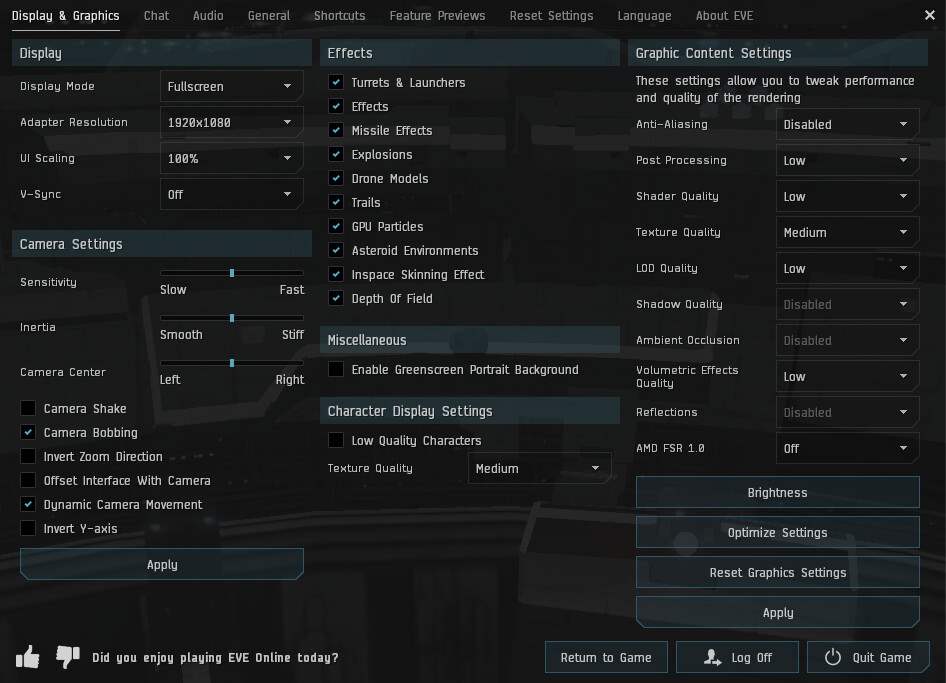
1. Check Task Manager:
Open Task Manager (Ctrl + Shift + Esc or Ctrl + Alt + Delete -> Task Manager) and identify which process or application is using the GPU the most. This will help pinpoint the source of the problem.
2. Update GPU Drivers:
Outdated or corrupted graphics drivers can cause high GPU usage. Visit the website of your GPU manufacturer (e.g., NVIDIA, AMD, or Intel) to download and install the latest drivers for your graphics card.
3. Update Software:
Make sure your operating system, games, and other software are up to date. Developers often release updates and patches that can improve performance and address issues.
4. Monitor Temperature and Clean Dust:
Overheating can cause high GPU usage as the card tries to cool itself down. Use monitoring software to check the temperature of your GPU and ensure it’s not running too hot.
If it is, clean any dust from your PC’s cooling system and make sure fans are working correctly.
5. Adjust Power Management Settings:
Open the NVIDIA Control Panel (or AMD Radeon Settings) and adjust the power management mode to “Adaptive” or “Optimal Power” instead of “Maximum Performance.” This can help reduce GPU usage when not needed at full power.
6. Using an Antivirus Program:
Using an antivirus program is essential for protecting your computer from malware, viruses, and other security threats. It scans, detects, and removes malicious software, helping to keep your data and personal information safe.
Regularly updating and running antivirus scans is crucial for maintaining a secure and healthy computer.
7. Optimizing Game Video Settings:
Optimizing game video settings involves adjusting graphics options to achieve the best balance between visual quality and performance in a video game.
This helps ensure smoother gameplay and can be done by tweaking resolution, texture quality, shadows, and other settings to match your hardware capabilities.
8. Uninstalling Unnecessary Programs:
Uninstalling unnecessary programs is a crucial step in maintaining a clutter-free and efficient computer.
By removing software you no longer use or need, you free up storage space, reduce system resource consumption, and potentially improve overall system performance and responsiveness. Regularly reviewing and uninstalling such programs is advisable.
9. Booting in Safe Mode:
Booting in Safe Mode is a troubleshooting technique where a computer starts with minimal, essential drivers and services.
It’s useful for diagnosing and fixing software issues or malware infections that may cause problems in normal mode.
10. Monitoring GPU Usage:
Monitoring GPU usage involves tracking how much of your graphics processing unit’s capacity is being used. This helps you assess system performance, identify bottlenecks, and ensure your GPU isn’t being overworked during tasks like gaming or rendering.
How to Fix 100% GPU Usage When Idle?
To fix 100% GPU usage when idle, update graphics drivers, check for background processes causing the issue, and adjust power settings.
Use task manager to identify resource-intensive applications, disable hardware acceleration in browsers, and monitor GPU temperature. If problems persist, consider reinstalling the operating system or seeking technical assistance.
Why Does Your GPU Usage Spike to 100 Percent?
GPU usage can spike to 100% when demanding tasks like gaming or rendering require intensive graphics processing.
This indicates that the GPU is fully engaged in delivering the best performance, utilizing all its resources to handle the workload efficiently, resulting in optimal frame rates or rendering speeds.
What Do You Consider High GPU Usage?
High GPU usage starts at around 70-80%. It’s normal when you’re doing things that need a lot of graphics power, like playing games or rendering videos.
But if it stays at 100% all the time, it might mean your GPU is struggling, and you might need a better one for certain tasks.
Is 100% GPU Usage Always Good?
No, 100% GPU usage is not always good. While it’s fine during demanding tasks like gaming or rendering, sustained 100% usage can lead to overheating and reduced GPU lifespan if not properly cooled.
It’s essential to monitor and manage GPU usage to maintain performance and hardware health.
Is It Safe To Keep The Gpu On 100% Utilization For A Very Long Time?
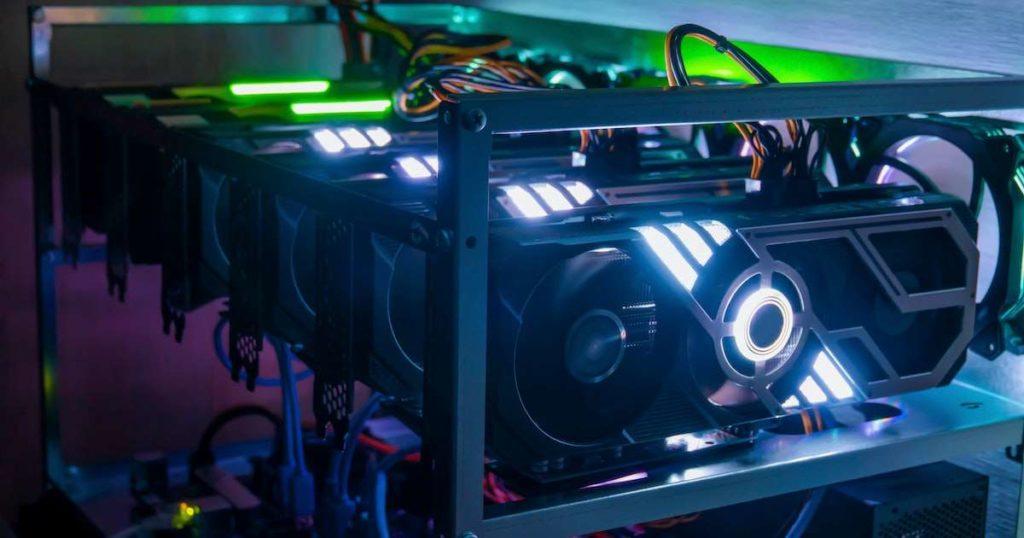
Running the GPU at 100% for a long time isn’t safe. It can make the GPU very hot, cause it to wear out faster, and possibly break it. Make sure it stays cool and give it breaks to keep it working well.
GPU Usage 100% When Playing?
Yes, it’s normal for GPU usage to reach 100% when playing graphics-intensive games or performing demanding tasks like rendering.
This indicates that the GPU is fully engaged to deliver the best performance and graphics quality, which is expected during such activities.
Is 100% GPU Usage Bad On PC While Gaming?
No, 100% GPU usage during gaming is not necessarily bad. It’s normal for the GPU to work at its maximum capacity to provide the best gaming experience.
However, ensure your PC has proper cooling to prevent overheating, which can be a concern with prolonged 100% GPU usage.
Is 99 GPU Usage Normal?
Yes, 99% GPU usage is normal and common during demanding tasks like gaming or rendering. It indicates that the GPU is fully engaged in its work, providing good performance.
It’s not a cause for concern as long as the system remains stable and adequately cooled.
Is 90 percent GPU Usage Bad?
No, 90% GPU usage is not bad. It’s quite normal during resource-intensive tasks like gaming or rendering. It shows that the GPU is effectively handling the workload.
However, ensure your system remains stable and properly cooled to maintain performance and prevent overheating.
PSA: 100% Gpu usage is ok and you probably don’t need as much VRAM as task manager says.
Public Service Announcement: A GPU reaching 100% usage is normal for intensive tasks like gaming or rendering. Additionally, the VRAM reported by Task Manager might not accurately reflect your actual needs.
Why 100% GPU Usage Is Bad For Gaming?
Contrary to a common misconception, 100% GPU usage is not inherently bad for gaming. In fact, it indicates efficient utilization of the graphics card’s capabilities, ensuring optimal performance in demanding tasks like gaming and rendering.
Is 100% GPU Usage Good or Bad?
100% GPU usage is neither inherently good nor bad. In demanding tasks like gaming or rendering, it’s expected and beneficial for optimal performance. However, in idle or less demanding scenarios, it may indicate overuse or inefficiency.
What is a good GPU usage Percentage?
The ideal GPU usage percentage depends on what you’re doing. For heavy tasks like gaming, it’s good for it to be around 90-100%.
But for lighter stuff, it can be lower. Just make sure it’s not always at the maximum to avoid overheating and wear.
Also read: Do GPU fans always spin? – Causes And Fixed – 2023
What is too hot for a GPU?
A GPU is too hot if it reaches temperatures above 90°C (194°F). Such high temperatures can harm the GPU and affect performance.
Keeping it below this limit by using proper cooling methods like fans or liquid cooling is crucial to ensure its longevity and optimal operation.
Is it safe to run GPU 24/7?
Running a GPU 24/7 is generally safe as long as it’s properly cooled and maintained. However, continuous usage may reduce its lifespan over time.
Regularly check for dust, maintain good airflow, and monitor temperatures to ensure safe, long-term operation if you plan to use it continuously.
How hot can a GPU run without damage?
A GPU can typically run safely at temperatures up to around 90°C (194°F) without causing damage.
Beyond this point, there is an increased risk of long-term wear and potential performance issues. It’s essential to monitor and maintain proper cooling to keep temperatures within this range.
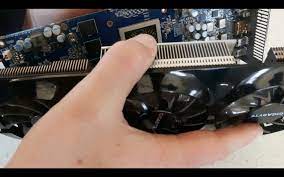
Frequently Asked Questions:
1. Is my GPU Supposed to be Under 100% load at all Times?
No, your GPU is not supposed to be under 100% load at all times. It depends on the tasks and applications you are running.
2. When Should I be Worried About 100% GPU Usage?
You should be worried about 100% GPU usage when it leads to overheating, crashes, or performance issues in your system.
3. What Else Could Affect GPU Performance?
Other factors affecting GPU performance include CPU limitations, insufficient RAM, outdated drivers, and inadequate power supply.
4. Can a 100% GPU Usage Damage my GPU in the Long Run?
Yes, prolonged 100% GPU usage can potentially lead to increased wear and tear, potentially shortening the lifespan of your GPU over time. Proper cooling and maintenance can help mitigate this risk.
5. Can a GPU last for 10 years?
While it’s possible for a GPU to last for 10 years, it largely depends on usage, maintenance, and technological advancements. Most GPUs have a lifespan of 5-7 years under typical usage.
6. What Is A Normal GPU Usage While Gaming?
A normal GPU usage while gaming typically ranges from 70% to 100%, depending on the game’s complexity and graphics settings.
7. Should I be worried if GPU usage is at 100%? I’m hitting 90% constantly on Warzone.
Hitting 100% GPU usage, especially in resource-intensive games like Warzone, is generally normal and not a cause for concern. It indicates your graphics card is fully utilized, optimizing performance for the game.
8. How long would a GPU last if it ran at 100% all day?
Running a GPU at 100% all day may decrease its lifespan due to increased heat and wear. The exact duration depends on factors like cooling, workload, and overall card quality, but prolonged high usage can contribute to accelerated aging.
9. How long do gaming laptops last if you’re constantly using them at 100% utilization of GPU?
Constantly using a gaming laptop at 100% GPU utilization may lead to increased heat and wear, potentially shortening its lifespan. Factors like cooling, build quality, and workload influence longevity, but such usage can contribute to accelerated wear and may affect durability over time.
10. How long does a gaming laptop last with medium usage?
The lifespan of a gaming laptop with medium usage typically ranges from 3 to 5 years. Factors like build quality, maintenance, and evolving software requirements can impact its overall durability and relevance over time.
11. Is it possible to use my GPU to 100% of it’s capacity on a daily basis and expect to have it last 5+ years with proper maintenance?
Constantly using your GPU at 100% capacity on a daily basis can contribute to accelerated wear. While proper maintenance, including adequate cooling and cleaning, helps, sustaining such heavy usage may impact the long-term durability, potentially affecting the GPU’s lifespan.
12. Is 67-70c a good GPU temperature on 100% usage?
Yes, a GPU temperature of 67-70 degrees Celsius under 100% usage is generally considered good. It falls within a safe range, indicating effective cooling and optimal performance without risking overheating or potential damage.
13. My GPU utilization is usually around 97% at around 80 degrees (C). Is this safe for my GPU?
A GPU utilization of 97% at 80 degrees Celsius is generally within an acceptable range for many graphics cards. However, it’s essential to check if your GPU’s maximum operating temperature is within the specified limits, which vary among models.
FINAL WORDS:
100% GPU usage is generally normal and expected during resource-intensive tasks like gaming and rendering. However, extended periods of maximum usage can lead to overheating and potential GPU wear. It’s crucial to monitor temperatures, maintain proper cooling, and ensure software and drivers are up to date to optimize GPU performance and longevity.

